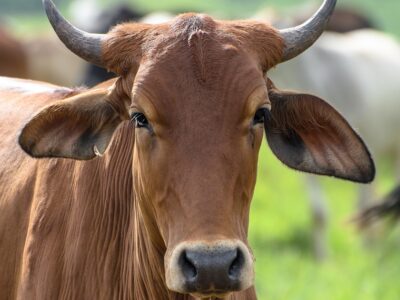Below you can find a complete list of Falkland Island animals. We currently track 154 animals in Falkland Islands and are adding more every day!
The Falkland Islands are a group of islands south of the South American coastline in the Atlantic Ocean. The country comprises two large main islands, East and West Falklands, surrounded by hundreds of smaller islands.
Marine mammals and sea birds are abundant here. So are Peale’s dolphins, killer whales, seals, and Southern sea lions. The Falklands are breeding grounds for millions of penguins. There are also small populations of reindeer and Patagonian grey foxes. These mammals are not native to the Islands.
National Animal of the Falkland Islands
The Islands do not have an official national animal, but a white ram appears on the country’s flag and its national coat of arms. The ram symbolizes sheep herding, which has long been a major part of the Islands’ economy.
Where To Find The Top Wildlife in the Falkland Islands
The small size of this island nation makes it easy to spot wildlife on the beaches and the rocky turf. Five species of penguin breed here. Penguins, marine mammals, and shore birds all gather on the shores.
Volunteer Point is a cove where King, Gentoo and Magellanic penguins breed.
Weddell Island is an excellent place to spot bird species, including the black-browed albatross and the Falkland flightless steamer duck.
Sea Lion Island is a breeding spot for elephant seals.
The Most Dangerous Animals In the Falkland Islands
Killer whales are the most dangerous animals in the Falkland Islands, but they are not dangerous to humans.
Endangered and Extinct Animals in the Falklands
The warrah, also known as the Falkland Island wolf, was the only native land mammal of the Islands. It is now extinct. The warrah is the only mammal to have gone extinct on the Islands.
Endangered birds in the Falklands include the southern rockhopper penguin and the spectacled duck. Endangered sea animals include the basking shark.
The Falkland Islands’ small population and isolated location make them ideal for seeing wildlife in an unspoiled state. It’s easy to spot these amazing animals everywhere.
The Flag of Falkland Islands
The Falkland Islands flag has a blue field with the Union Jack Flag in the top left corner and the Falkland Islands Coat of Arms close to the fly end. The Union Jack represents the relationship between the United Kingdom and the Falkland Islands.
Falkland Island Animals

Ant
First evolved 100 million years ago!
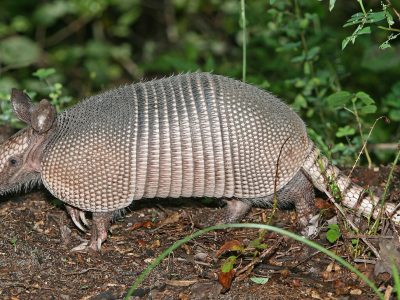
Armadillo
Can curl into a hard, protective ball!

Armyworm
They are so named because they "march" in armies of worms from one crop to another in search of food

Barb
There are over 1768 known species!

Barn Owl
Found everywhere around the world!

Bat
Detects prey using echolocation!

Bear
There are 8 different species!

Bed Bugs
Bed bugs feed for 4-12 minutes.

Bee
Rock paintings of bees date back 15,000 years

Beetle
There are more than 350,000 different species

Bird
Not all birds are able to fly!

Black Widow Spider
They typically prey on insects!

Booby
Seabirds found across the South Pacific!

Butterfly
There are thought to be up 17,500 species!

Caecilian
Some species' babies use their hooked or scraper-like teeth to peel off and eat their mother's skin

Camel Cricket
The camel crickets that are found in the USA are light brown in color. They also have dark streaks all over their body.

Cat
May have been domesticated up to 10,000 years ago.

Caterpillar
The larvae of a moth or butterfly!

Catfish
There are nearly 3,000 different species!

Centipede
There are about 3,000 documented species!

Chicken
First domesticated more than 10,000 years ago!
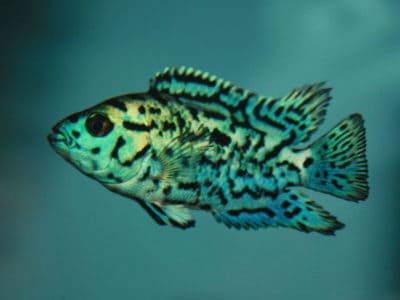
Cichlid
There are more than 2 000 known species!

Cockroach
Dated to be around 300 million years old!

Codling Moth
Pupae are able to undergo diapause to survive poor fruit yield years and winter.
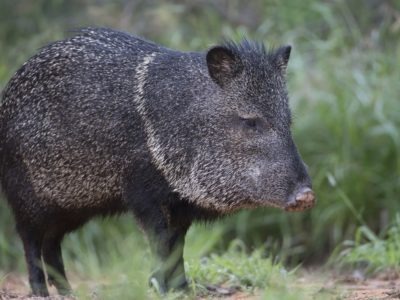
Collared Peccary
Form bands of up to 12 individuals!

Common House Spider
House spiders have the ability to eat most insects in a home.

Cormorant
They can fly 35 mph and dive 150 feet below water.

Cow
There are nearly 1.5 billion worldwide!

Crab
There are 93 different crab groups

Crab Spider
Crab Spiders can mimic ants or bird droppings

Cricket
Male crickets can produce sounds by rubbing their wings together

Crocodile
Have changed little in 200 million years!

Dog
First domesticated in South-East Asia!

Donkey
First domesticated 5,000 years ago!

Dragonfly
It's larvae are carnivorous!
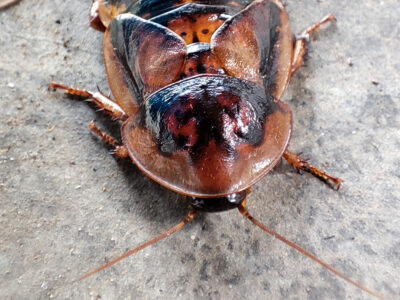
Dubia Cockroach
The most popular species of feeder roach

Duck
Rows of tiny plates line their teeth!

Dung Beetle
The dung beetle can push objects many times its own weight
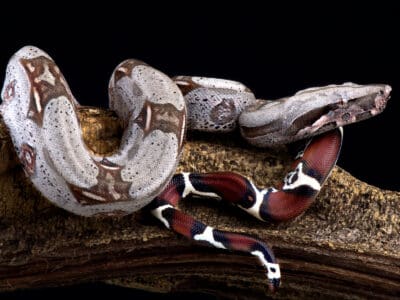
Dwarf Boa
Some species can change color from dark to light, and back again.

Earthworm
They are hermaphrodites, which means they have male and female organs

Earwig
There are nearly 2,000 different species!

Eel
Eels can be a mere few inches long to 13 feet!

Firefly
The firefly produces some of the most efficient light in the world
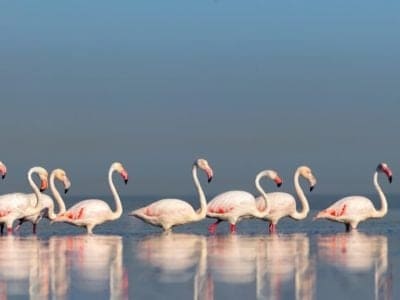
Flamingo
Sleeps on just one leg!

Flea
Adult fleas can jump up to 7 inches in the air

Fly
There are more than 240,000 different species!

Flying Squirrel
Can glide up to 90 meters!

Frog
There are around 7,000 different species!

Fruit Fly
Fruit flies are among the most common research animals in the world

Gecko
There are thought to be over 2,000 species!

Glowworm
Found inhabiting dense woodland and caves!

Grasshopper
There are 11,000 known species!

Guinea Pig
Natively found in the Andes Mountain range!
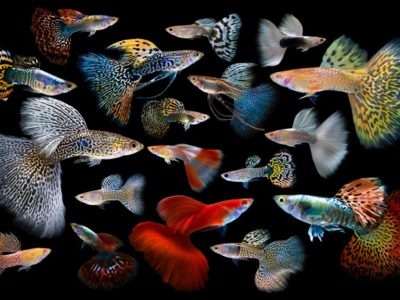
Guppy
Also known as the Millionfish!

Hamster
Able to run as quickly backwards as forwards!
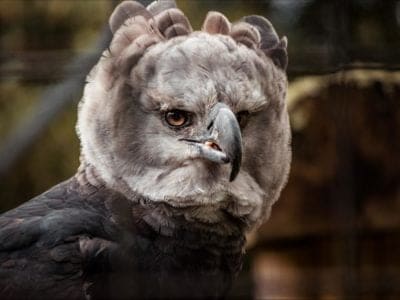
Harpy Eagle
Talon's the size of a grizzly bear's claws!

Harris’s Hawk
Their vision is eight times better than a human's

Hawk Moth Caterpillar
Many hawk moth caterpillars eat toxins from plants, but don’t sequester them the way milkweed butterflies do. Most toxins are excreted.

Hercules Beetle
This dynastine scarab beetle makes a weird huffing sound when it’s disturbed.

Honey Bee
There are only 8 recognized species!
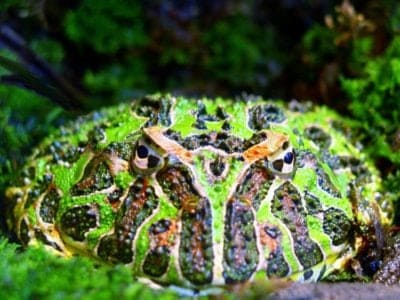
Argentine Horned Frog
Natively found in South America!

Horse
Has evolved over 50 million years!

Horsefly
Horseflies have been seen performing Immelmann turns, much like fighter jets.

Housefly
The fly has no teeth

Human
Thought to have orignated 200,000 years ago!

Hummingbird
Beat their wings up to 80 times per second!

Huntsman Spider
Some huntsman spiders have an interesting way of moving around. Some cartwheel while others do handsprings or backflips.

Ibis
Found in swamps, marshes and wetlands!
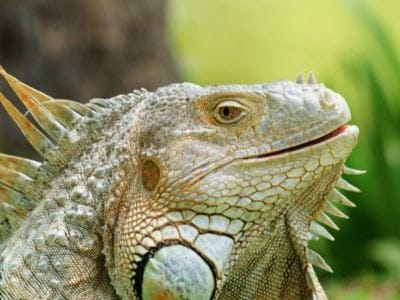
Iguana
Uses visual signals to communicate!

Insects
There are an estimated 30 million species!

Jacana
The jacana has the ability to swim underwater

Jumping Spider
Some can jump 50 times the length of their bodies

Kingfisher
Inhabits wetlands and woodlands worldwide!

Ladybug
There are more than 5,000 species worldwide!

Leech
Has 10 pairs of eyes!

Lizard
There are around 5,000 different species!

Macaw
The largest species of parrot in the world!

Magellanic Penguin
Threatened by oil spills!

Maggot
Will only live in wet areas

Mallard
With an appropriate tail wind, the mallard can travel hundreds of miles a day
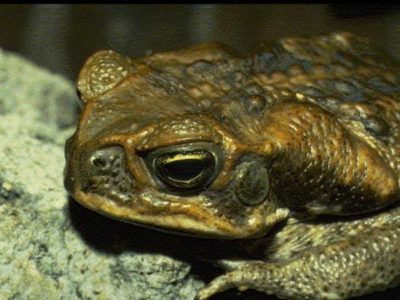
Marine Toad
Produces a toxin used in arrow darts!

Mayfly
There are 2,500 known species worldwide!

Mealybug
They have a symbiotic relationship with ants.

Millipede
Some species have a poisonous bite!

Mockingbird
Mockingbirds are incredible mimics that can learn hundreds of songs!
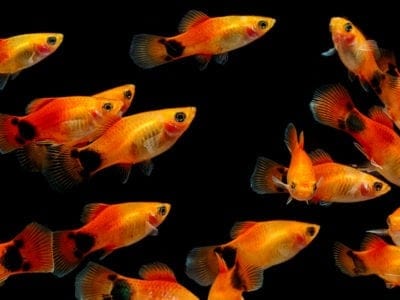
Molly
Known for their calm and peaceful nature!

Mongrel
Has characteristics of two or more breeds!

Monkey
There are around 260 known species!

Moorhen
Feeds on aquatic insects and water-spiders!

Moth
There are 250,000 different species!
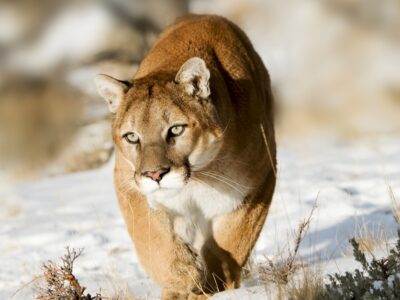
Mountain Lion
Has no real natural predators!

Mouse
Found on every continent on Earth!

Mule
The offspring of a horse and donkey parents!

Nematode
Nematodes range in size from 1/10 of an inch to 28 feet long
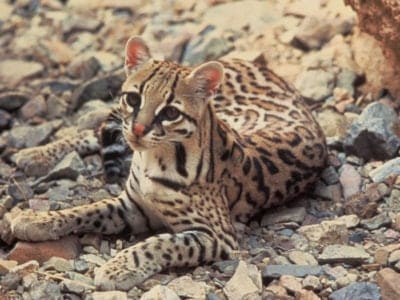
Ocelot
Also known as the Painted Leopard!

Orb Weaver
Females are about four times the size of males

Otter
There are 13 different species worldwide

Owl
The owl can rotate its head some 270 degrees
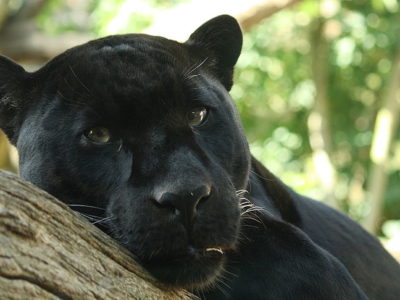
Panther
Prefers to hunt at night than during the day!

Parrot
Can live for up to 100 years!

Parrotlet
Parrotlets aren't the world's tiniest parrot — that would be the pygmy parrot of Australasia.

Pheasant
Females lay between 8 and 12 eggs per clutch!
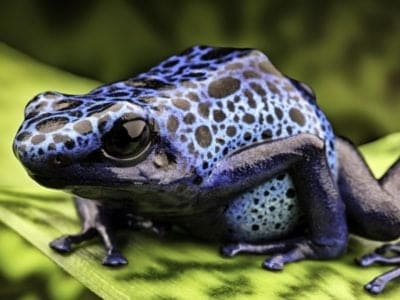
Poison Dart Frog
Inhabits the jungles of Central and South America!

Porcupine
There are 30 different species worldwide!

Puma
Has longer back legs than front legs!

Quail
Inhabits woodland and forest areas worldwide!

Quetzal
The tail feathers of the male can be 1m long!

Rat
Omnivores that eat anything!

Rattlesnake
Rattlesnakes may have evolved their rattle to warn bison away from them.

River Turtle
Inhabits freshwater habitats around the world!
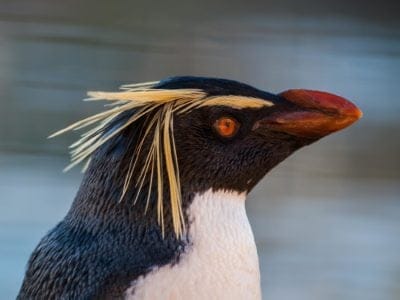
Rockhopper Penguin
There are 3 different species!

Rodents
The capybara, the world’s largest rodent, likes to be in and around bodies of water. Because of this, the Catholic Church in South America decided that it was a fish, and people were allowed to eat it during Lent and First Fridays.

Rooster
Will mate with the entire flock!
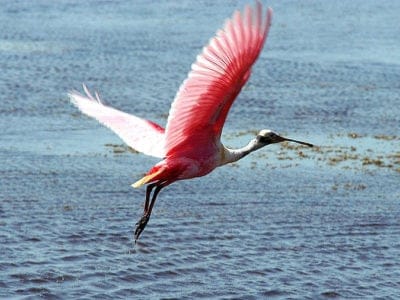
Roseate Spoonbill
The only Spoonbill in the western hemisphere!
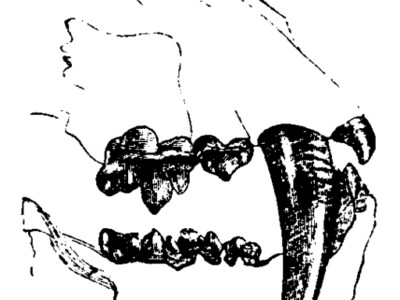
Saber-Toothed Tiger
Canines up to 7 inches long!

Salamander
There are more than 700 different species!

Sand Crab
The sand crab burrows beneath the sand with its tail

Scorpion
There are around 2,000 known species!

Seahorse
Males give birth to up to 1,000 offspring!
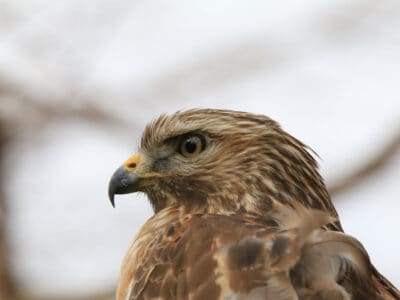
Sharp-Shinned Hawk
In captivity, sharp-shinned hawks can live up to 13 years. However, in the wild, this number is significantly reduced to 3 years!

Shrew
The spinal column of the shrew Scutisorex somereni is so strong and reinforced that it can support the weight of an adult human.

Shrimp
There are 2,000 different species worldwide!
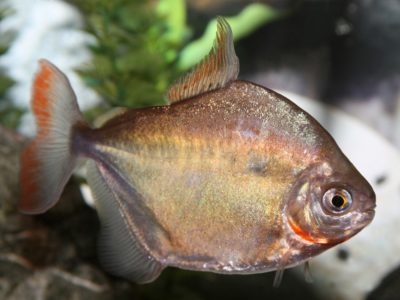
Silver Dollar
Closely related to the Piranha
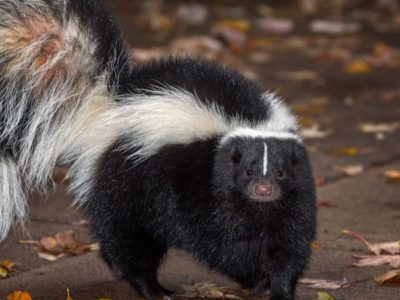
Skunk
Also known as the Polecat!
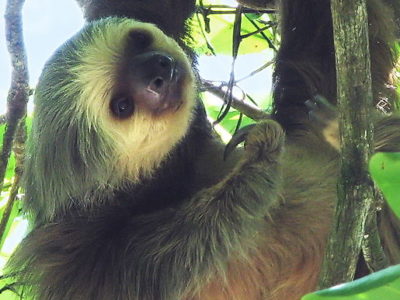
Sloth
It's body temperature is between 30 - 34 degrees!

Smokybrown Cockroach
Has up to 45 eggs per egg case

Snail
There are nearly 1,000 different species!

Snake
There are around 4,000 known species worldwide

Sparrow
There are 140 different species!

Spider Monkey
Belongs to the only family of primates in the world with full prehensile tails!

Squirrel
Small rodents found in woodlands worldwide!

Stick Insect
There are more than 3,000 different species!

Swan
Populations have been affected by pollution!

Tapir
Most closely related to horses and rhinos!

Tarantula Hawk
Tarantula hawks are excellent pollinators, especially for milkweed.

Termite
Their mounds can be up to 9 meters tall!

Tiger Beetle
The adult tiger beetle is one of the fastest land insects in the world

Tortoise
Can live until they are more than 150 years old!
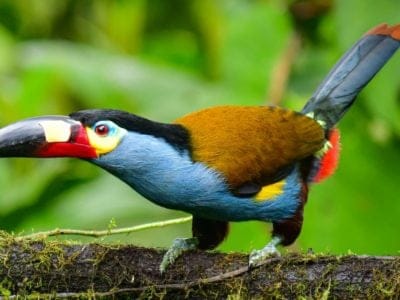
Toucan
There are more than 40 different species!

Tree Frog
Found in warmer jungles and forests!

Turtles
Some species of aquatic turtles can get up to 70 percent of their oxygen through their butt.
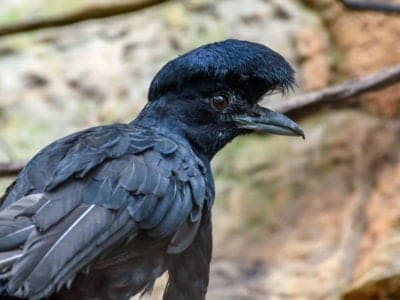
Umbrellabird
Migrates up and down the mountains!

Vampire Bat
Have a heat sensor on the end of their nose!

Vinegaroon
Vinegaroons can spray 19 times before the glands are depleted

Vulture
There are 30 different species worldwide!

Wasp
There are around 75,000 recognised species!

Whiptail Lizard
Many whiptail species reproduce asexually.

Wolf
Thought to date back more than 300,000 years!

Wolf Spider
Carnivorous arachnid that hunts its prey.

Woodlouse
This animal can roll up into a ball

Woodpecker
There are 200 different species!
Falkland Island Animals List
- Ant
- Armadillo
- Armyworm
- Barb
- Barn Owl
- Bat
- Bear
- Bed Bugs
- Bee
- Beetle
- Bird
- Black Widow Spider
- Booby
- Butterfly
- Caecilian
- Camel Cricket
- Cat
- Caterpillar
- Catfish
- Centipede
- Chicken
- Cichlid
- Cockroach
- Codling Moth
- Collared Peccary
- Common House Spider
- Cormorant
- Cow
- Crab
- Crab Spider
- Cricket
- Crocodile
- Cuckoo
- Dog
- Donkey
- Dragonfly
- Dubia Cockroach
- Duck
- Dung Beetle
- Dwarf Boa
- Earthworm
- Earwig
- Eel
- Firefly
- Flamingo
- Flea
- Fly
- Flying Squirrel
- Frog
- Fruit Fly
- Gecko
- Glowworm
- Grasshopper
- Guinea Pig
- Guppy
- Hamster
- Harpy Eagle
- Harris’s Hawk
- Hawk Moth Caterpillar
- Hercules Beetle
- Honey Bee
- Argentine Horned Frog
- Horse
- Horsefly
- Housefly
- Human
- Hummingbird
- Huntsman Spider
- Ibis
- Iguana
- Insects
- Jacana
- Jumping Spider
- Kingfisher
- Ladybug
- Leech
- Lizard
- Macaw
- Magellanic Penguin
- Maggot
- Mallard
- Marine Toad
- Mayfly
- Mealybug
- Millipede
- Mockingbird
- Molly
- Mongrel
- Monkey
- Moorhen
- Moth
- Mountain Lion
- Mouse
- Mule
- Nematode
- Ocelot
- Orb Weaver
- Otter
- Owl
- Ox
- Panther
- Parrot
- Parrotlet
- Pheasant
- Poison Dart Frog
- Porcupine
- Puma
- Quail
- Quetzal
- Rat
- Rattlesnake
- River Turtle
- Rockhopper Penguin
- Rodents
- Rooster
- Roseate Spoonbill
- Saber-Toothed Tiger
- Salamander
- Sand Crab
- Scorpion
- Seahorse
- Sharp-Shinned Hawk
- Shrew
- Shrimp
- Silver Dollar
- Skunk
- Sloth
- Smokybrown Cockroach
- Snail
- Snake
- Sparrow
- Spider Monkey
- Squirrel
- Stick Insect
- Swallowtail Butterfly
- Swan
- Tapir
- Tarantula Hawk
- Termite
- Tiger Beetle
- Tortoise
- Toucan
- Tree Frog
- Turtles
- Umbrellabird
- Vampire Bat
- Vinegaroon
- Vulture
- Wasp
- Whiptail Lizard
- Wolf
- Wolf Spider
- Woodlouse
- Woodpecker




